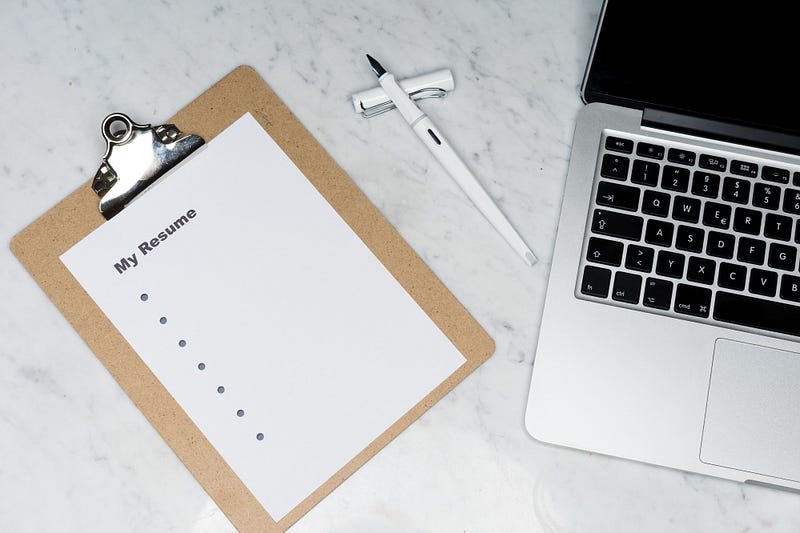What is the right purpose of a resume?
What is the purpose of a resume? Popular belief is that it restores work to the land. NOT TRUE.
The sole purpose of a resume is to land you an interview. A resume is meant to give your potential employer a sense of your past experience and
skills. Remember, you’re trying to sell yourself, so highlight your strengths. Most employers look for stable work history and positive patterns of advancement (i.e. increased responsibility, promotions). However, every organization has different demands and it is essential to learn how as much as possible about the employer and what they are looking for. Your resume should be adapted as much as possible to the needs of each employer.
Employers use resumes not only to find a suitable position but also to refine their applicants. At this point in the hiring process, employers process a number of resumes, and they look for mistakes to narrow the circle of applicants. The employer decides on the CV who they will and will not interview. The answer to the question of what is the purpose of a resume is here.

Remember, your resume should be a reflection of you! Although certain standard elements are included in all resumes, there is no perfect form of resume that you must attribute to. Your conclusion should accurately reflect your background and experience in a way that optimizes your qualifications. One way to maximize the impact of your resume is to choose a style that will
make your personal history as attractive as possible.
If your resume is well written, it will generate phone calls asking you to come in for an interview. If you’re not getting phone calls and sending out resumes, you need to get closer to watch what you send. Each resume can include dates of employment and job titles, but only the best speak the language employers want to hear.
Three types of resumes:
1. Chronological: The most commonly used style, where the sections of your resume are listed in reverse chronological order. Work experience is included in this standard type of resume listed along with the relevant job duties that make up the bulk of the resume. It is the most popular resume type for people with less than 3–5 years of experience.
2. Functional: This format can be useful if you desire a career change but don’t have one lot of related experience if your employment history is spotty or if you have no professional experience. Instead of focusing on your work history, this type of resume focuses on the various skills you have acquired.
3. Combination: As the name suggests, this type of resume is a combination
of chronological and functional resumes. This can be used if it has existed for more than 5 years of work experience.
DO NOT USE A TEMPLATE, it can be difficult to work with and can be seen as
unoriginal. Make sure you are consistent with spacing, punctuation, and usage in your resume in bold and capital letters, bulleted or unbulleted, and date style. Use an easy-to-read and appropriate font.

Komentáre
Zverejnenie komentára